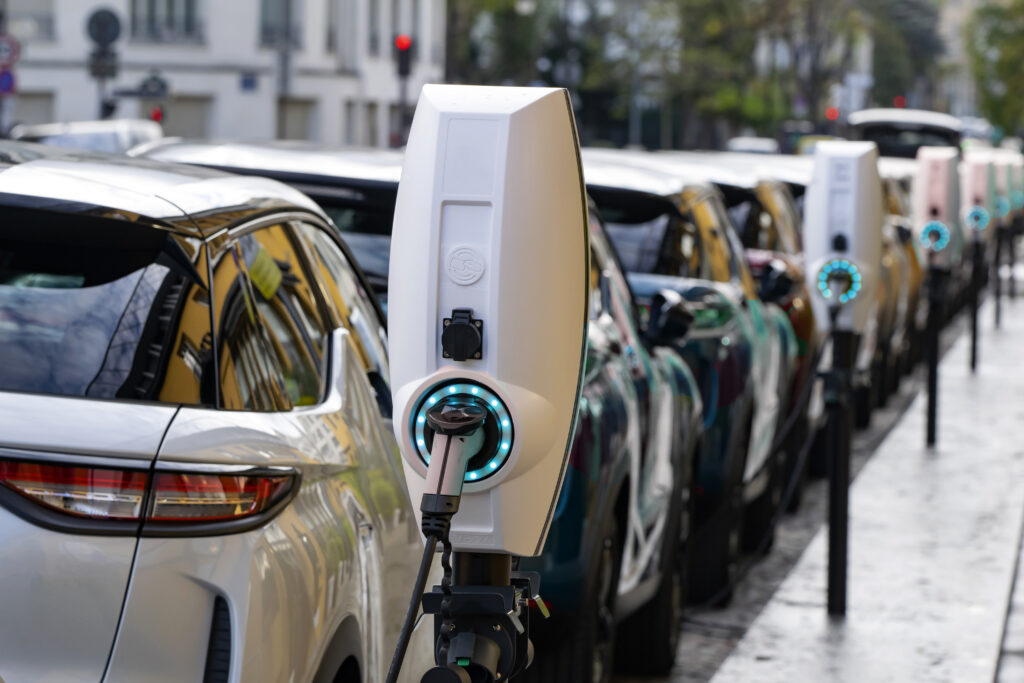Electrification is changing the way fleets think about organizing and utilizing their assets. While experienced fleet managers can take much of what they know about managing ICE vehicles and apply many of the same processes to an electric fleet, there are some complex challenges with EV fleets that require careful attention and hands-on management.
Fueling is Fast, Charging is Complicated
Perhaps the primary difference between ICE and EV fleets is how long it takes to refill vehicles. Fueling a traditional combustion engine is simple and standardized. At the pump, fueling an ICE vehicle can be accomplished in a stop totalling 15 minutes or less, no matter the tank size or fuel type. Filling an EV with energy is another story entirely, dependent on a variety of factors that could influence how quickly that vehicle can get back on the road. Battery size and charger speed are typically the most important considerations determining how quickly energy replacement is accomplished, but other factors can alter expectations as well. Changes to the number of vehicles utilizing a charging site, or even things like temperature and time of day can influence the speed at which a vehicle can recharge. All told, charging could take from a few minutes for a quick top-off to over a day for a large battery to fully refill at a slow charger. Fleet managers must develop an understanding of how these factors influence their operations if they hope for seamless integration of new electric assets.
Energy Access is Limited
It’s not just the speed of energy replacement that poses a substantial problem to emerging electric fleets. ICE vehicles in most every fleet have ubiquitous access to reliable sources of fuel no matter where their work takes them, but charging infrastructure is not always readily available for EVs. Assets that need to travel off-site to complete work may find themselves in local charging deserts, with the closest charging infrastructure uncomfortably far away. This is a serious hurdle preventing effective electrification for some organizations, especially those with rural or wide-ranging service areas. Even in more concentrated operations where behind-the-gate charger installations can service the majority of the fleet, there are typically practices that require special attention to ensure proper energy access. For example, the way an organization handles wet-hosing or take-home vehicles may force fleet managers to develop specialized policies or reconsider operational behaviors entirely to ensure EV fleets stay charged.
A Path Forward for Electric Fleets
Keeping vehicles available and ready to work for the organization is paramount to effective and cost-efficient operations. Making sure the appropriate infrastructure exists for EV charging and sufficient time is given for assets to regain necessary range can give many fleet operators enough anxiety to sideline electric assets entirely in favor of more predictable ICE vehicles. The more we understand EV charging requirements, the easier it will be to electrify our fleets and rely on electric vehicles to perform the work we need from them.






